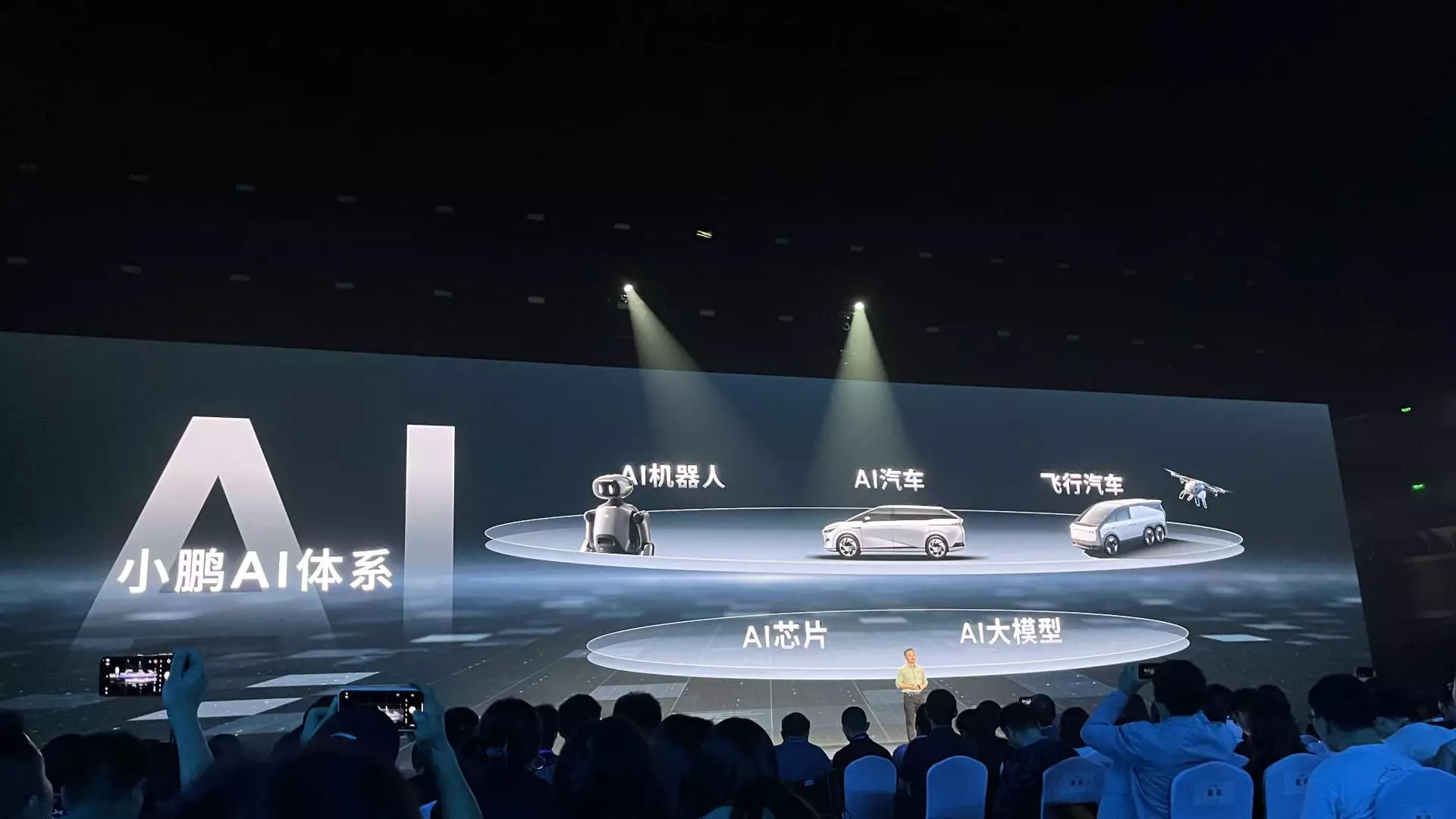In today’s hyper-competitive automotive industry, price sensitivity is king, especially within the rapidly growing electric vehicle (EV) market. Xpeng, a Chinese electric vehicle manufacturer that has made headlines through its pioneering driver-assist technology, stands as a testament to this new paradigm. Since November, the company has delivered an outstanding 30,000 vehicles per month, significantly positioning itself against giants like BYD and Tesla. But what separates Xpeng from other players in this increasingly crowded market? It’s simple: affordability.
Xpeng understands that the bridge to mass adoption of a technology-driven product lies in price access. By focusing on lower-priced models, such as the Mona M03 and the P7+, Xpeng has orchestrated a sales symphony that resonates deeply with consumers seeking value without sacrificing technology. As the company plans to roll out further upgrades and new models, its unique blend of affordability and advanced features is projected to correlate directly with a doubling of sales through 2025.
The Profitability Mirage or a Real Implementation?
While Xpeng is actively pushing for profitability by the fourth quarter of this year, it is crucial to dissect this ambition critically. Hoping for a financial turnaround seems appealing but comes with its fair share of skepticism. Analysts from Bank of America and Barclays note that while improvements in sales momentum are palpable, they come with cautionary flags regarding overall market competition. The EV sector is precarious and ever-changing, and profitability in such a dynamic landscape can sometimes be an illusory goal rather than a stable destination.
Indeed, Xpeng’s bold expectation to achieve profitability amidst fluctuating consumer preferences could very well be a double-edged sword. If the company cannot translate its technological innovation into sustained sales growth amid fierce competition, the anticipated financial results may quickly become a dream deferred. Optimism is a driving force, but it must not blandish judgment against the challenges that lie ahead.
The Competitive Landscape: A Game of Catch-Up
A closer look at the competitive positioning reveals that Xpeng isn’t merely fighting against local contenders; it’s also grappling with the likes of Tesla, which, while not currently offering the massive price reductions seen in Chinese brands, possesses a formidable brand image and loyal customer base. Consumer acceptance of any new model is ultimately a multifaceted game that hinges on factors such as driving experience, technological integration, and brand loyalty.
According to recent market analysis, BYD has been aggressively evolving its offerings, particularly with ultra-fast charging technologies and an expanded range of autonomous driver-assist systems. This indicates a trend wherein the once niche features of autonomous driving are transitioning into mainstream expectations. Automakers that ignore this seismic shift may find themselves floundering in a sea filled with competitors eager to exploit the market gaps.
Xpeng’s reliance on affordability must then not merely be seen as a trump card but also as a nuanced strategy that requires constant evaluation of consumer sentiment, technological advancements, and industry trends.
Strategic Partnerships: A Roadmap for Future Advancement
Moreover, Xpeng’s strategic alliances play a significant role in their breakout journey. The departure of the former head of autonomous driving to Nvidia must not be overlooked; it indicates a level of credibility in Xpeng’s pursuit of sophisticated driving technologies but also presents challenges in retaining – and attracting – top talent in an industry already starved for skilled professionals.
The company’s future success hinges upon nurturing robust partnerships that can offer both technological advancements and competitive advantage. As Xpeng gears up to introduce the advanced “Max” version of its M03 model, it’s essential to monitor how effectively it can leverage its relationships to translate innovative concepts into finished products that resonate with the market.
Consumer Behavior: The Final Frontier
As Xpeng continues its ascendance in the EV landscape, understanding consumer behavior emerges as an indispensable asset. The rapid evolution of consumer preferences, especially in the arena of technology, poses unique challenges. A shift in sentiment towards higher expectations for integrated technological services could render ordinary features obsolete almost overnight.
While analysts express enthusiasm for Xpeng’s strong model pipeline, it is prudent to remain vigilant regarding consumer feedback and technological adoption rates. The demographic transition towards more tech-savvy consumers presents an opportunity for Xpeng but also demands agility and responsiveness to changing demands.
While Xpeng carves its niche within the electric vehicle sector, it remains to be seen whether its ambitious goals for profitability and expansion can withstand the pressures of the highly competitive landscape. The coming years will serve as litmus tests for their strategy and execution.

